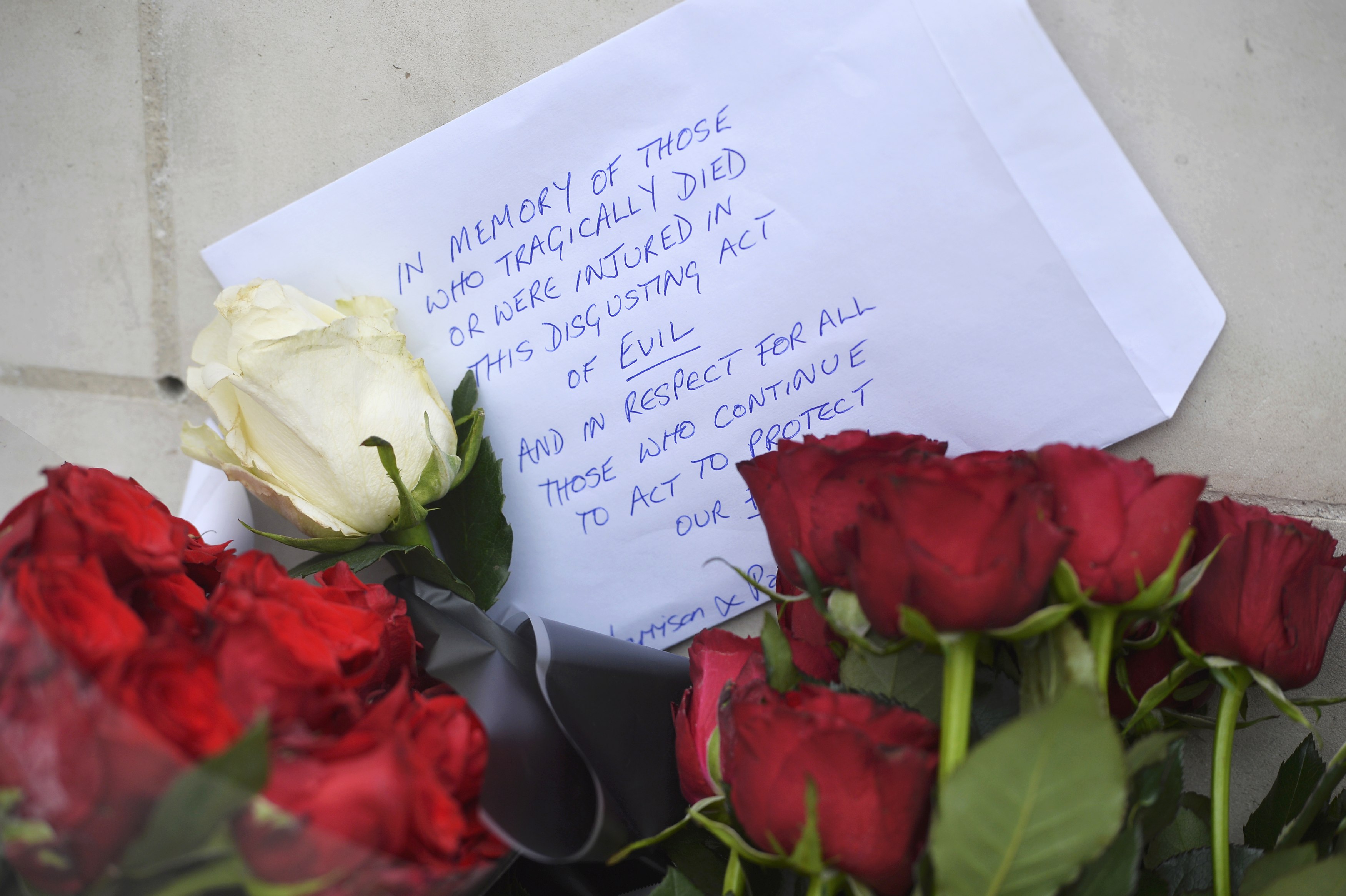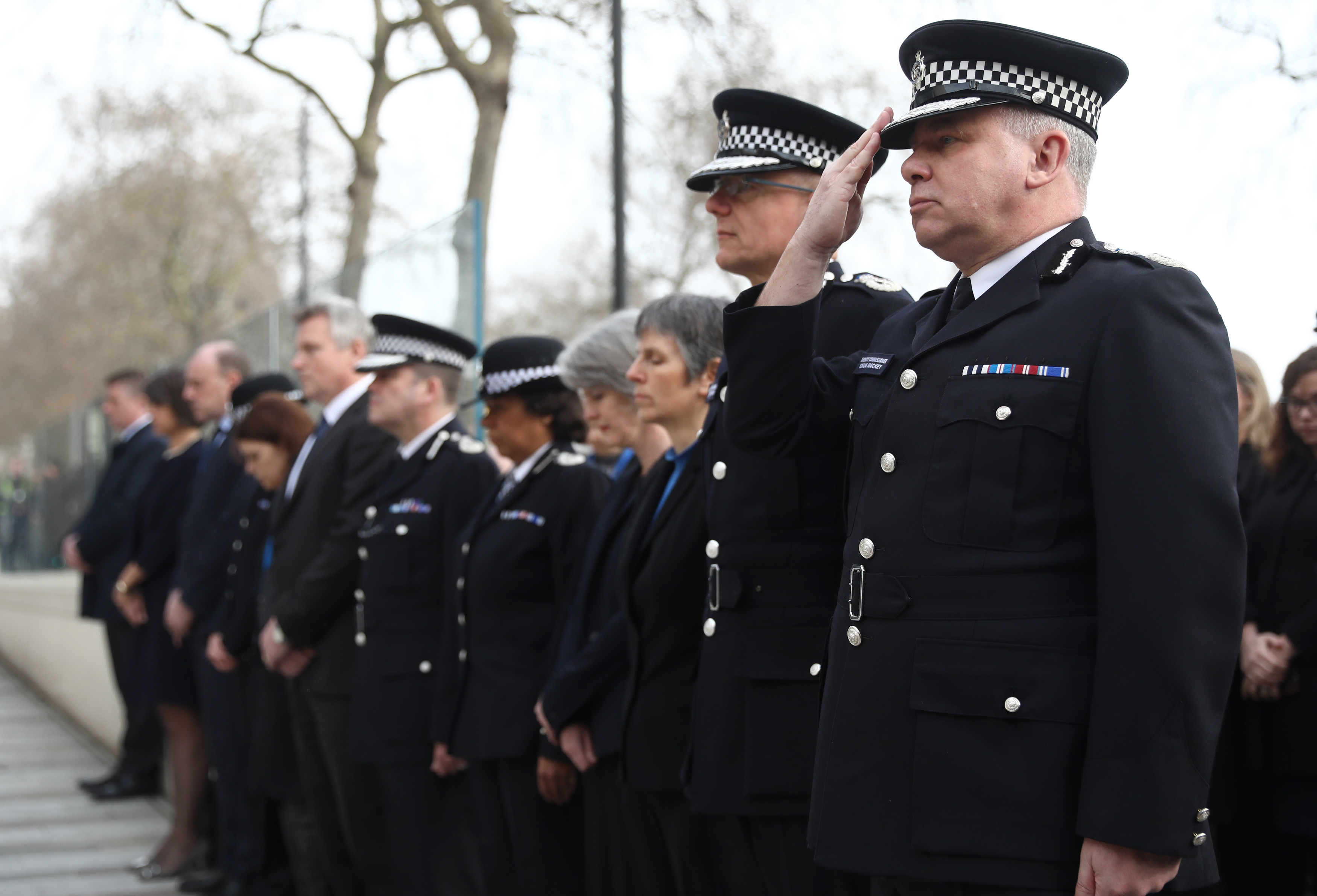
By Angus MacSwan
MOSUL, Iraq/BAGHDAD (Reuters) – Iraqi forces are to deploy new tactics in a fresh push against Islamic State in Mosul, military officials said on Friday, after advances slowed recently in the campaign to drive the militants out of their last stronghold in the country.
Elite Counter-Terrorism Service (CTS) forces made some advances against the jihadists in areas of western Mosul later in the day, a defense spokesman said, despite a hold on operations by other units.
Families meanwhile streamed out of the northern Iraqi city in an ongoing exodus of people fleeing in their thousands each day, headed for cold, crowded camps or to stay with relatives.
The U.S.-backed offensive to drive Islamic State out of Mosul, now in its sixth month, has recaptured most of the city. The entire eastern side and around half of the west is under Iraqi control.
But advances have stuttered in the last two weeks as fighting enters the narrow-alleyed Old City, and the militants put up fierce resistance using car bombs, snipers and mortar fire against forces and residents.
“In the next few days we will surprise Daesh terrorists by targeting and eliminating them using new plans” being discussed by the joint operations command, Iraqi defense ministry spokesman Brigadier General Yahya Rasool told state TV.
He did not elaborate on tactics.
Rasool said CTS forces had advanced in tough, building-to-building battles to recapture areas outside the Old City including al-Yabsat.
Islamic State fighters had been positioning car bombs, and forcing residents to move furniture onto the streets which the militants were booby-trapping to slow Iraqi advances, he said.
Reuters could not independently verify new advances by the CTS.
In the Old City, which Iraq’s elite Rapid Response forces, an interior ministry unit, and Federal Police have pushed into, no new advances were reported.
Rapid Response spokesman Lieutenant Colonel Abdel Amir al-Mohammedawi said operations were on hold for the day, but would soon resume, with “new techniques” more suitable to fighting in the Old City.
A Federal Police officer told Reuters new tactics would include deploying additional sniper units against Islamic State sharpshooters. The officer asked not to be identified because of the sensitivity of discussing military tactics.
Islamic State fighters have stationed themselves in homes belonging to Mosul residents to fire at Iraqi troops, often drawing air or artillery strikes that have killed civilians.
SNIPER DANGER
They have also launched counter-attacks, sometimes pinning down Iraqi forces on the southern edges of the Old City. Cloud cover and rain in recent weeks have prevented effective air support, military officials say.
One of the next targets of Iraqi forces inside the Old City is the al-Nuri mosque, whose recapture would be a key symbolic victory. It is where Islamic State leader Abu Bakr al-Baghdadi declared a caliphate spanning large areas of Iraq and Syria in 2014.
As the battle continues, more civilians are being killed or displaced.
Local officials and residents said on Thursday dozens of people were buried in collapsed buildings after an air raid against Islamic State triggered a massive explosion last week.
Outside the city on Friday, hundreds of displaced people poured out of Mosul, walking through the mud with suitcases and bags.
One man said that Islamic State snipers had shot at those fleeing, and some had been killed in explosions.
The situation inside the city is worsening with no drinking water or electricity and no food coming in, residents said.
Khaled Khalil, a 36-year-old carpenter whose shop was destroyed in fighting, clutched his three-year-old daughter.
“We’ve been on the move since yesterday. We’re very tired but now we’re safe. Anybody they (Islamic State) catch, they kill. If we have time, we run,” he said.
(Reporting by Baghdad bureau, Angus MacSwan in Mosul, John Davison in Erbil; Writing by John Davison; Editing by Jon Boyle)









